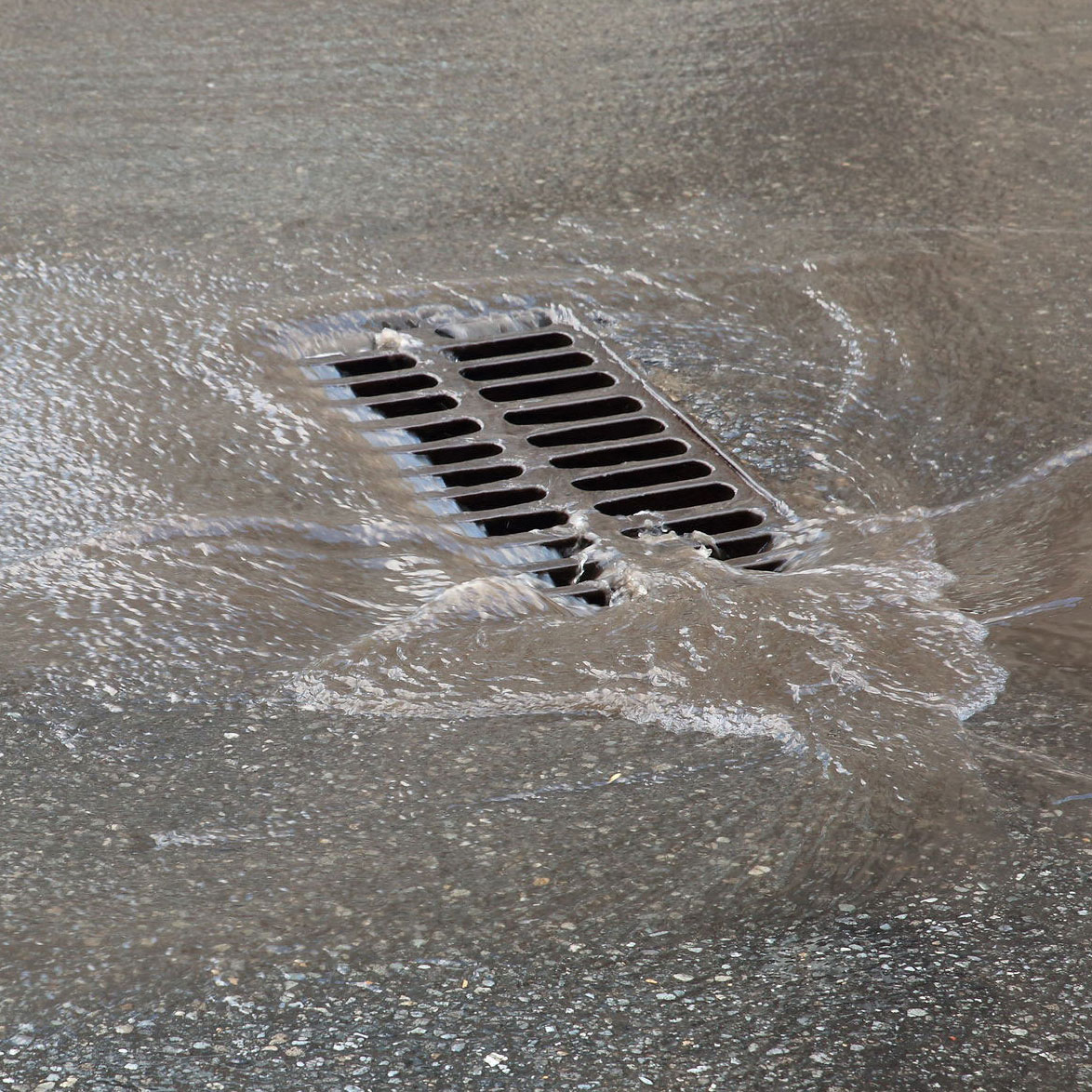 To control runoff and protect property in developed areas, stormwater management systems are used to collect stormwater runoff, infiltrate back to the groundwater or carry it to storage areas and to an eventual discharge point. Post Construction Stormwater Management considerations are a requirement for projects under both Chapter 102 Erosion Control and the NPDES Permit Programs.
To control runoff and protect property in developed areas, stormwater management systems are used to collect stormwater runoff, infiltrate back to the groundwater or carry it to storage areas and to an eventual discharge point. Post Construction Stormwater Management considerations are a requirement for projects under both Chapter 102 Erosion Control and the NPDES Permit Programs.
As part of the NPDES Permit, Post Construction Stormwater Management plans should:
- Preserve the integrity of stream channels and protect the physical, biological and chemical qualities of the receiving stream.
- Prevent an increase in the rate of stormwater runoff.
- Minimize any increase in stormwater runoff volume.
- Minimize impervious areas, land clearing, grading, and soil compaction.
- Maximize the protection of existing drainage features and vegetation.
- Utilize structural or nonstructural Best Management Practices that prevent or minimize changes in stormwater runoff.
The Pennsylvania Stormwater Best Management Practices Manual is a tool created to assist developers, engineers, municipal officials, conservation district personnel and others involved with the planning, design, review and approval of stormwater management plans for development projects. It describes practices and principles that are effective, aesthetically pleasing, and space-efficient while protecting water quality and improving wildlife habitat.
What is Stormwater?
Rain or snow that falls either soaks into the ground to become groundwater, evaporates, or flows off over the land surface. The overland flow is called runoff or stormwater and is the primary water source for vernal pools, wetlands, streams, rivers, lakes, and water supply reservoirs.
As stormwater flows over the land it washes along or dissolves some of the materials in its path. Vegetative surfaces can slow the flow down, filter out sediments, and can break down or trap pollutants within the root zone. In contrast, buildings, roads, parking areas, and exposed bedrock increase the volume and speed of stormwater runoff since no water can soak into the ground and the hard surfaces present little resistance to flow.
Where does Stormwater Go?
Because excess stormwater can increase the potential for flooding and property damage, it is collected and conveyed through a drainage system. This system of pipes, inlets, and ditches known as the storm sewer system, leads directly to discharge points in local waterways. Many older communities have combined sewer systems, which carry sewage and stormwater runoff in the same pipes. When it rains, the extra stormwater causes the combined sewers to fill to capacity and some of the stormwater/raw sewage mixture directly overflows into our waterways. These events are called combined sewer overflows (CSOs).
Issues with Stormwater
Stormwater becomes a transportation system for pollutants. Soil that erodes from a construction site, cigarette butts, and other litter from parking areas, antifreeze and oil dripped from cars, fertilizers, and pesticides from turf management, and grit and salt left from de-icing operations on roadways can be deposited untreated into our waterways. Water can contain and transport sediments, metals (copper, cadmium, chromium, lead, zinc), nutrients (nitrates, phosphates, ammonia), salt, petroleum products, and coliform bacteria among other materials. This is why stormwater is such a significant contributor to water pollution. Polluted stormwater runoff that discharges in urbanized areas cause serious water quality problems. Polluted runoff to water bodies can affect aquatic plant and animal life in streams and lakes, reduce recreational activities such as boating and swimming, and increase flooding conditions.

